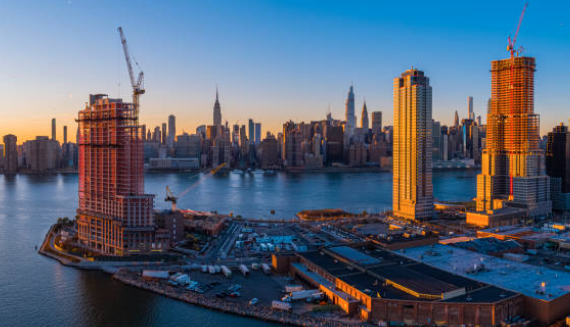
Posted on Monday, September 30, 2024
In recent years, U.S. infrastructure development has seen a surge in investment, with projects ranging from highways to bridges and safety guardrails. Roll forming technology is playing a critical role in meeting the demands of these large-scale public works. By providing a fast, efficient way to produce metal components for structural frameworks, safety barriers, and road systems, roll forming machines have become indispensable in modern infrastructure projects.
Precision and Consistency for Guardrails and Safety Barriers
One of the key innovations in roll forming for U.S. infrastructure is the precision with which machines can produce safety-critical components like guardrails. Guardrails are essential for protecting motorists on highways, and roll forming machines ensure that these barriers are produced to exact specifications, meeting strict safety standards. Automated processes allow manufacturers to quickly produce large quantities of guardrails with minimal waste, improving both cost-effectiveness and quality.
Supporting Large-Scale Bridge Construction
Bridges are a vital part of any national infrastructure network, and roll forming machines help in producing the beams, panels, and structural steel elements used in bridge construction. The flexibility of roll forming technology allows for the customization of profiles and lengths, ensuring that each part fits the specific needs of individual projects. This is especially important in large-scale public works where uniformity and durability are critical.
Contributing to Sustainable Infrastructure
With sustainability becoming an increasing focus in public works, roll forming machines also support the use of eco-friendly materials like recycled steel. This helps reduce the environmental impact of infrastructure projects, making them more sustainable in the long run.
Meeting the Demands of New Investment in Public Works
The rise in investment in U.S. public works projects demands efficient, scalable production methods, and roll forming technology is well-positioned to meet this need. Roll forming machines can operate continuously, producing large volumes of materials quickly while maintaining high levels of precision. This efficiency is crucial in keeping up with the fast pace of infrastructure developments.
In conclusion, innovations in roll forming are directly contributing to the success of U.S. infrastructure projects, helping to build the roads, bridges, and safety barriers that form the backbone of the nation’s public works.

32/1000 Box Profile Roll Forming Machine – Complete Guide & Specifications
Posted on Sunday, November 16, 2025
High-performance 32/1000 box profile roll forming machine for roofing and cladding. Full specifications, profiles, applications, pricing

PBR / R-Panel Roll Forming Machine – Complete Guide & Specifications
Posted on Sunday, November 16, 2025
PBR / R-Panel roll forming machine for roofing and wall cladding. Full specs, profiles, applications, pricing, and global buying guide. Built to order.

Posted on Sunday, November 16, 2025
How to Diagnose and Fix the Hidden Electrical Problems That Cause Downtime
Copyright 2025 © Machine Matcher.